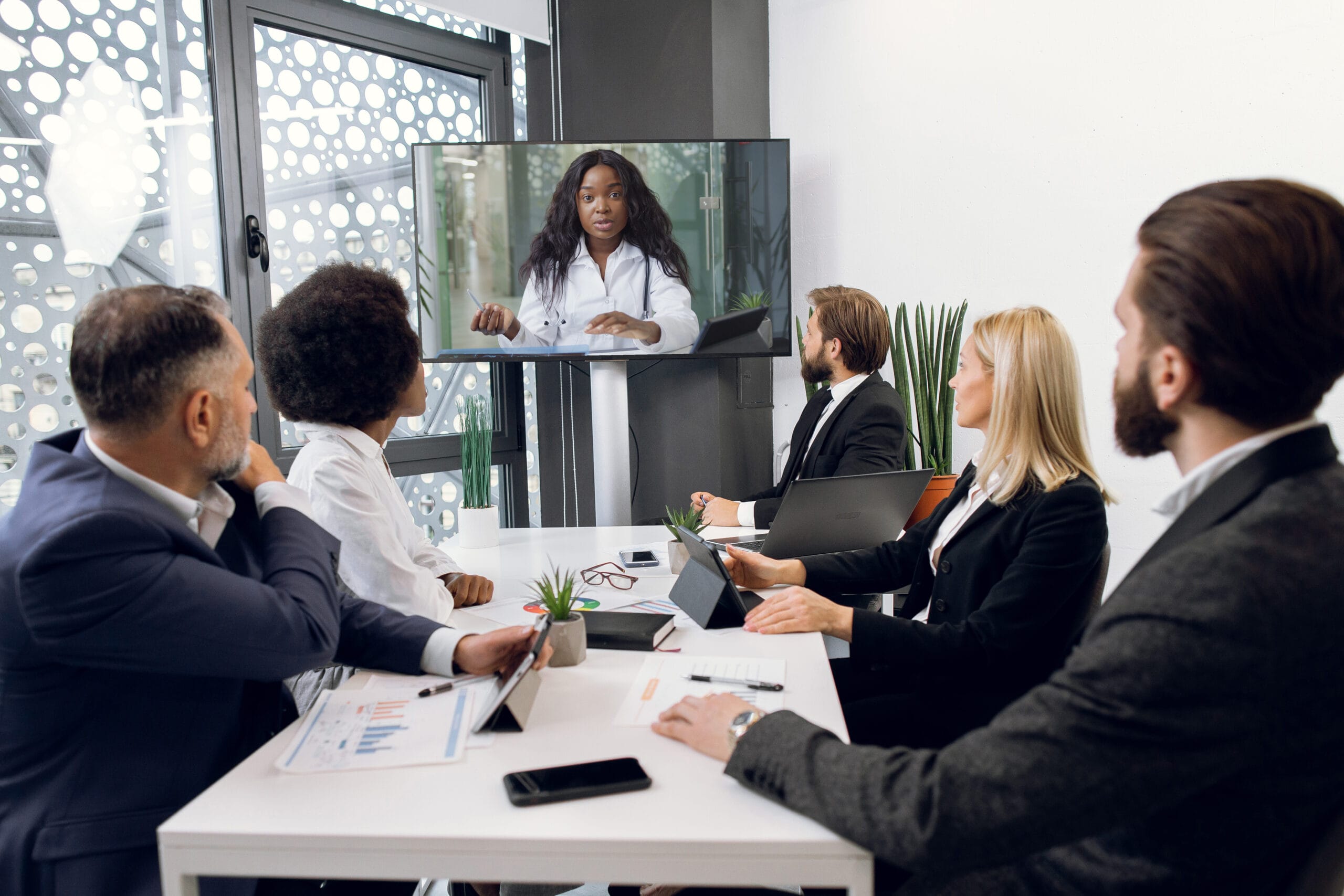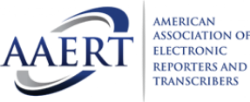The Role of Trial Presentations in Creating Compelling Closing Arguments
The Role of Trial Presentations in Creating Compelling Closing Arguments
Blog Article
Enhancing Your Lawful Approach With Professional Test Presentations
In today's lawful landscape, the significance of professional test presentations can not be overstated. As attorneys browse the complexities of the courtroom, the capability to effectively share elaborate disagreements is extremely important. By changing dense lawful concepts into appealing stories, experts can improve juror understanding and retention. In addition, integrating multimedia devices and narration techniques can create a compelling backdrop that not just educates but likewise resonates psychologically with jurors. Nonetheless, the inquiry continues to be: what details methods can attorneys employ to raise their presentations and eventually affect trial outcomes?
Importance of Trial Presentations
Trial discussions work as an essential aspect in the legal procedure, successfully connecting the gap in between intricate lawful debates and juror comprehension. The capability to boil down intricate lawful principles right into accessible narratives is necessary for jurors, that must make enlightened decisions based upon the evidence presented. A well-crafted presentation not only clears up the case but also improves the persuasiveness of the disagreement, eventually influencing the jury's understanding.
In an era where attention spans are restricted, the relevance of involving visuals and clear interaction can not be overstated. Test presentations serve to capture jurors' passion and keep their emphasis, permitting for a deeper understanding of the truths and lawful concerns handy. They provide an organized framework that organizes the case, promoting logical circulation and coherence.

Key Parts of Effective Presentations
An effective presentation in a court room setting rest on numerous essential parts that collectively improve its influence. Foremost among these is clearness of message. Lawyers must boil down intricate lawful arguments into succinct, conveniently digestible indicate guarantee jurors grasp the core problems. Matching this quality is the use of a compelling narrative structure. An efficient discussion, with a clear start, center, and end, guides the audience with the instance, making it more relatable and memorable.
Visual aids play a crucial role as well, as they can substantially enhance crucial messages. Efficient use of exhibits, charts, and diagrams can make clear intricate details and highlight crucial truths. Furthermore, the speaker's distribution style is important; confident, interesting interaction cultivates reliability and maintains jurors' focus.
Finally, understanding the target market is critical. Tailoring the discussion to the jurors' backgrounds and values can promote a link that boosts receptiveness to the disagreement. In summary, quality, narrative structure, visual help, distribution design, and audience understanding are indispensable to crafting an efficient courtroom additional resources discussion that resonates with jurors and supports the overarching lawful strategy.
Innovation in Trial Presentations
Modern courtrooms increasingly incorporate technology to enhance test presentations, improving the fundamental elements of efficient interaction established with clear messaging and interesting narratives. The incorporation of audio-visual help, such as high-definition projectors and interactive display screens, permits legal groups to present proof in a much more engaging manner. This modern technology check my blog not just captures the jury's focus yet additionally facilitates a better understanding of intricate information.

Digital tools, consisting of presentation software and digital exhibition administration systems, streamline the organization and retrieval of proof (trial presentations). Lawyers can promptly reference records, photos, and video clips, making certain that essential details is readily easily accessible throughout the test. Furthermore, making use of computer animations and simulations can clearly illustrate key ideas, making them simpler for jurors to realize
In addition, court innovation promotes cooperation amongst lawyers, allowing real-time modifications to presentations based on court responses or unexpected advancements. The ability to adapt on the fly is crucial in maintaining interaction and reinforcing debates. As technology remains to progress, its duty in test presentations will definitely broaden, providing innovative ways to interact efficiently and persuasively in the pursuit of justice.
Narration Methods for Effect
Efficient narration strategies are crucial in supplying impactful trial discussions, as they change complex legal arguments right into relatable narratives. A well-crafted tale captivates the target market, making it simpler for jurors to comprehend and keep in mind bottom lines.
To develop a compelling story, attorneys should focus on establishing a clear framework with a beginning, middle, and end. The start ought to present the situation context and its relevance, while the center elaborates on the core problems, weaving forthcoming and witness statements that support the disagreement. Conclusively, the finishing should enhance the designated message, driving home the wanted end result.
Additionally, integrating emotional components can considerably enhance the story's influence. By humanizing the instance, attorneys can evoke compassion, enabling jurors to link personally with the truths offered. Utilizing vivid imagery and stories can likewise help in highlighting complex motifs, making them a lot more concrete and memorable.

Tips for Application in Court
Carrying out narration strategies in court calls for mindful planning and execution to ensure that the story reverberates with jurors. Begin by identifying the core message of your instance and straightening it with the emotional and valid aspects that will engage the court. Create a clear and engaging narrative arc that consists of an introduction, a development of dispute, and a resolution.
Utilize aesthetic help to improve narration; displays, timelines, and multimedia presentations can aid illustrate intricate ideas and maintain juror interest. Exercise your distribution, ensuring that body movement, tone, and pacing follow the psychological weight of your story.

Final Thought
Finally, expert test discussions play an essential role in improving legal approaches by properly interacting complex disagreements to jurors. The combination of visual aids, clear narratives, and emotional narration fosters juror engagement and comprehension. By leveraging technology and adhering to crucial components of effective presentations, lawyers can significantly enhance the chance of accomplishing desirable verdicts. The implementation of these approaches is vital for modern-day test advocacy, eventually forming the outcome of legal proceedings - trial presentations.
Report this page